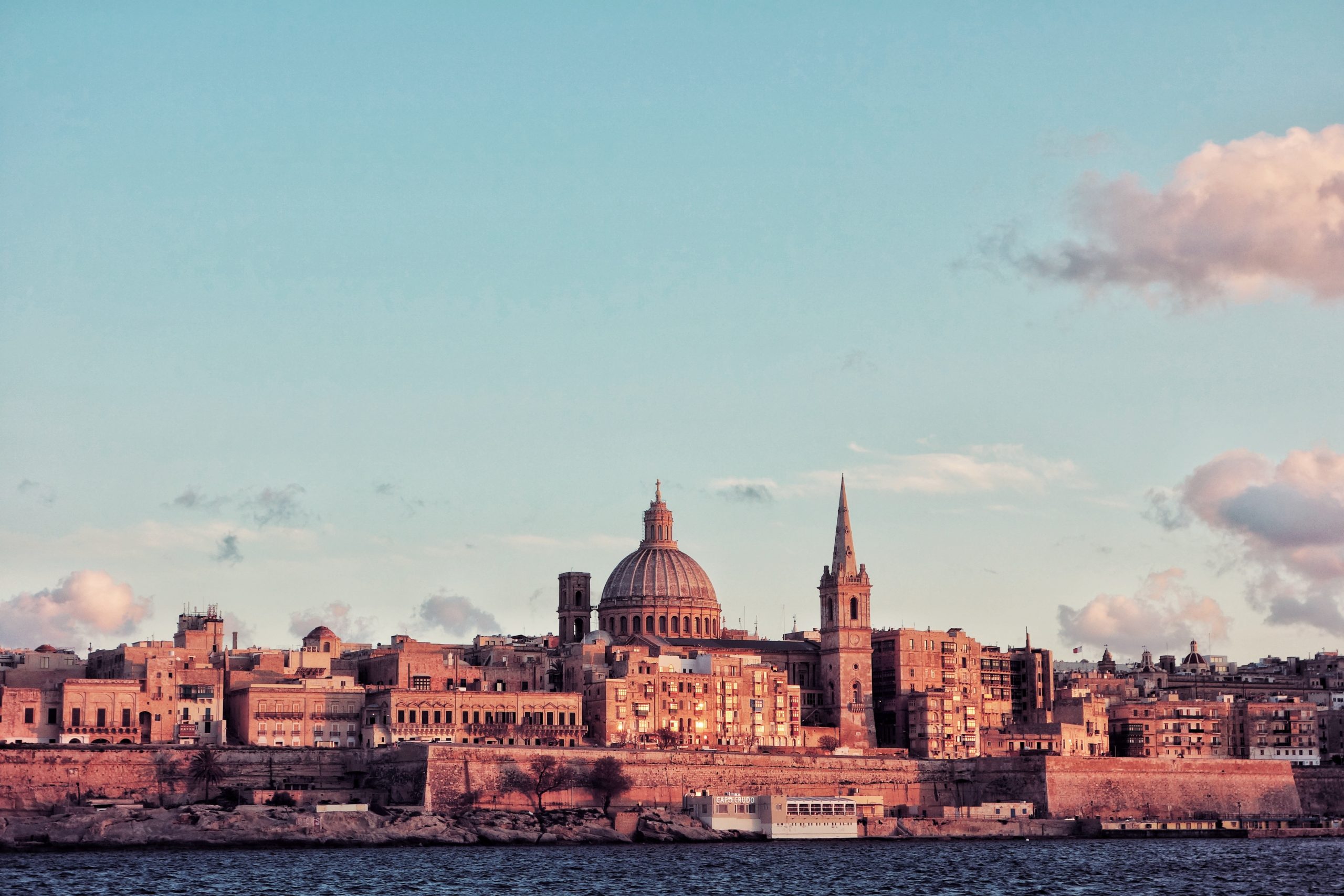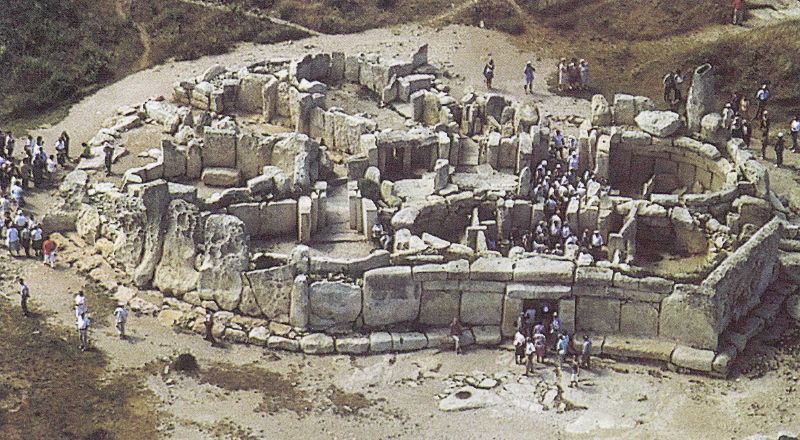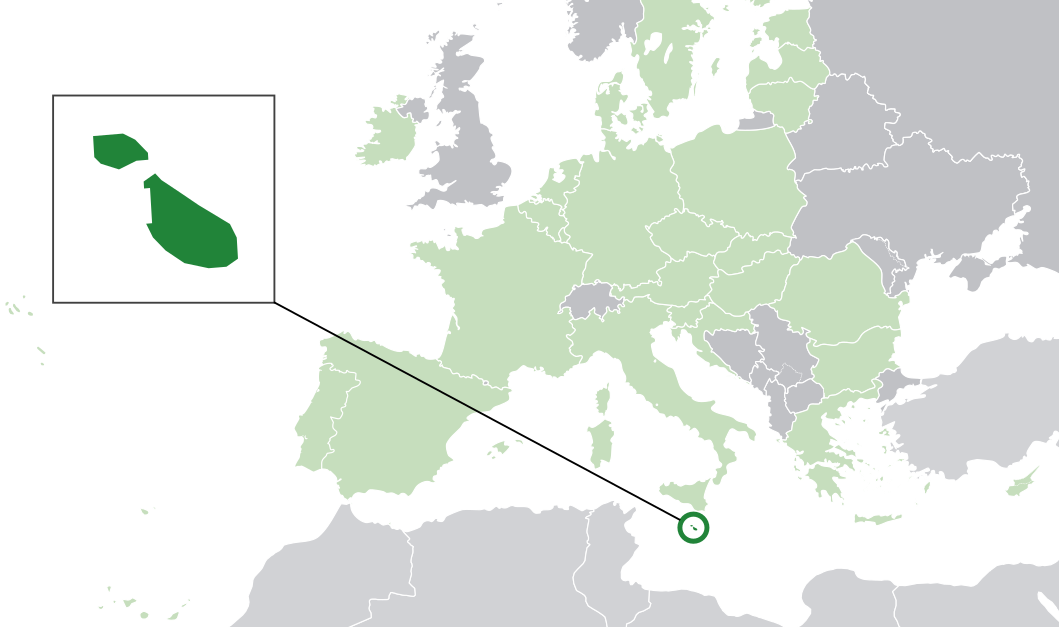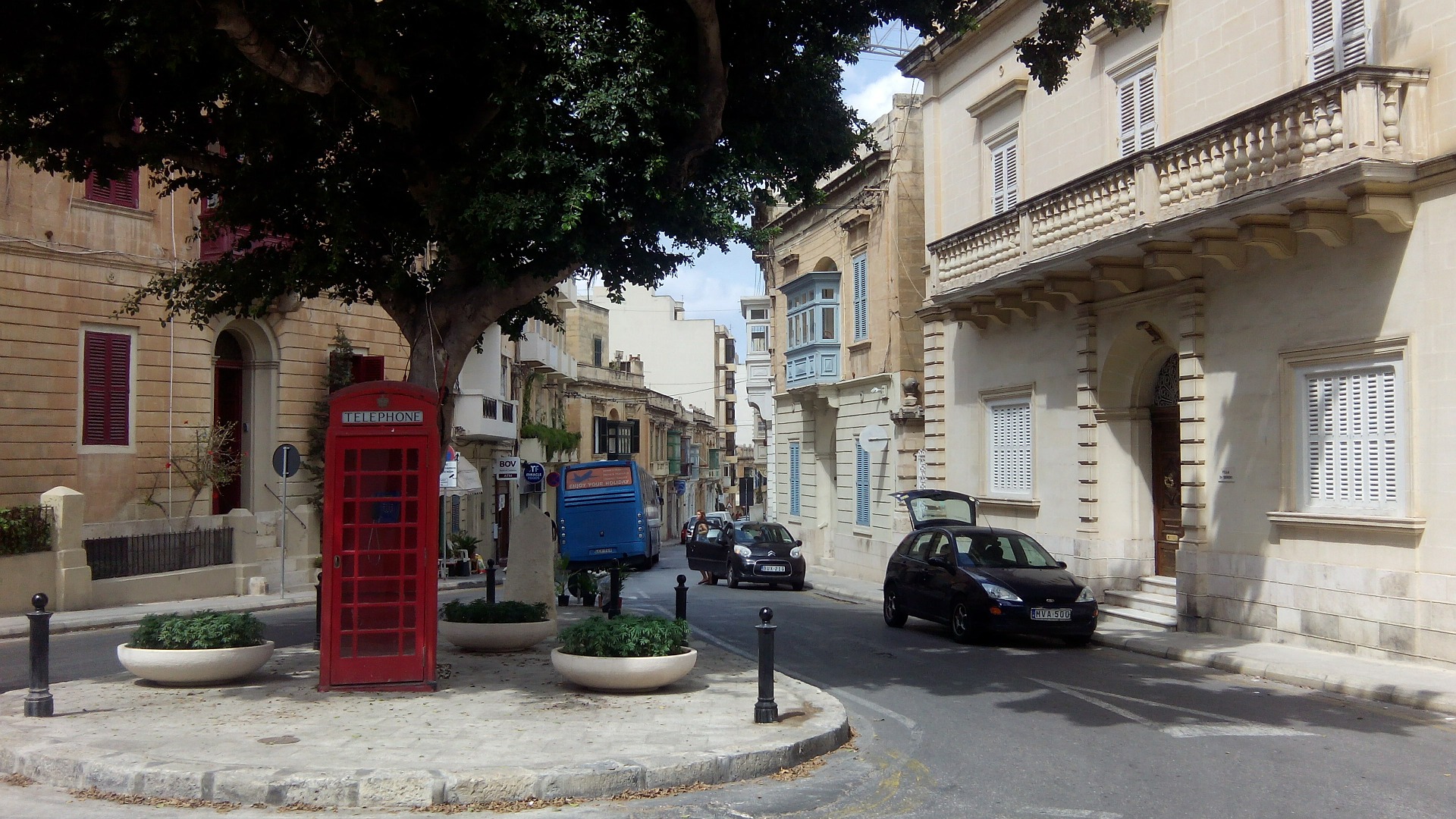Malta's history | SOME Essential Highlights
“Malta is today a modern, European, cosmopolitan island nation, with a thriving expat community from all across the globe.”

Malta is home to what may be the oldest freestanding structure in the world: the oldest of all the megalithic temples on the islands – il-Ggantija, found in Gozo dating back to before 3500 BC.

Another example of the earliest marks of civilization on the islands is the Hagar Qim temple dating back to 3,200 BC, which stands on a hilltop on the southern edge of Malta.

Malta, officially the Republic of Malta, is a small but densely populated island nation comprising an archipelago of seven islands in the Mediterranean Sea.
Geographically, Malta is one of the smallest European countries and lies south of Italy, just over 50 miles off Sicily.
Malta has been a member state of the European Union (EU) since 2004 and is currently the smallest EU state in population and area.
A Small Modern Country with an Impressive Potential
The strengths of the economy of Malta are its favourable geographical location, positive political climate and highly educated, productive labour force.

Despite having no natural resources and limited geographical prowess, Malta has developed a flourishing economy. Over the past decade, Malta’s economy has expanded faster than its EU peers. This potential has made Malta increasingly competitive in tourism, financial services, information technology, online gaming, aviation services and pharmaceuticals.
Interestingly, around 1,200,000 tourists choose Malta yearly – equivalent to the island’s population tripling.
Malta joined the EU in 2004 and will adopt the Euro as its legal currency as of January 2008.
With English as Malta’s official language alongside Maltese, topped with a British Based legal and political system, Malta is a leading destination for foreign direct investment.
“Maltese is one of the European Union’s official languages and is a living testimony to the island’s ancient, colourful, amazing history.”
Malta is today a modern, cosmopolitan European island nation with a thriving expat community working in Gaming, IT, Tourism, Construction and other services.
Geography and its Historical Impact

With a surface area 316 square kilometres (122 sq mi), Malta is the smallest EU state. The Maltese islands are located in the centre of the Mediterranean, 93 km to the south of Sicily and 290 km to the north of Africa, at the crossroads of Southern Europe, North Africa and the Middle East.
What do these places have in common? Andros, Brac, Chios, Corfu, Cres, Djerba, Euboea, Corsica, Crete, Cyprus, Ibiza, Karpathos, Kefalonia,, Lesbos, Limnos, Mallorca, Menorca, Naxos, Rhodes, Samos, Sardinia, Sicily, Thasos and Zakynthos.
They are all bigger than the Maltese islands. Think about it! There are some 25 Mediterranean islands bigger than the whole Maltese archipelago: Malta, Gozo and Comino.
Some of these islands are very big, others are not so big, but every one is bigger than Malta, Gozo and Comino together!
Outside the Mediterranean, islands bigger than the Maltese islands include the Isle of Wight, the Isle of Man, the Faroe Islands, Madeira, and the “small” German/Polish Island of Usedom in the Baltic Sea.

Many fellow Europeans think that Malta is much bigger than it is, one assumes, because its reputation is disproportionate to its size. They know it’s small, but they don’t think it’s that small.
Malta has been inhabited since approximately 5,900 BC. Its location in the centre of the Mediterranean has historically given it great strategic importance as a naval base, with a succession of powers having contested and ruled the islands, including the Phoenicians and Carthaginians, Romans, Greeks, Arabs, Normans, Aragonese, Knights of St. John, French, and British, amongst others.
With a population of about 516,000 (excluding tourists and expats) over 316 km2 (122 square miles), Malta is the world’s tenth-smallest country and the fourth most densely populated sovereign country. Its capital is Valletta, the smallest national capital in the European Union by area and population. According to the data from 2020 by Eurostat, the Functional Urban Area and metropolitan region covered the whole island and had a population of 480,134. According to the United Nations, ESPON and EU Commission, “the whole territory of Malta constitutes a single urban region”.
Malta is increasingly referred to as a city-state and listed in rankings concerning cities or metropolitan areas. Malta is one of the two island countries in the Mediterranean, along with Cyprus.
British Influences

Malta became a British colony in 1813, serving as a way station for ships and the headquarters for the British Mediterranean Fleet. It was besieged by the Axis powers during World War II and was an important Allied base for operations in North Africa and the Mediterranean. The British parliament passed the Malta Independence Act in 1964, giving Malta independence from the United Kingdom as the State of Malta, with Elizabeth II as its queen. The country became a republic in 1974. Since independence, it has been a member state of the (British) Commonwealth of Nations and the United Nations and joined the European Union in 2004.
British influences can be seen in many aspects of the Maltese way of life, and more so in the island’s education, political system and the prevailing use of the English language.
Religion
Malta has had Christians since the time of Early Christianity, and this religion has been the dominating one ever since, if not for the Arab period during the early Middle ages, where Malta, like elsewhere in Southern Europe, fell under Arab rule. The Arab period ended with the Norman liberation of Malta by Roger I in 1091.
Today, while Catholicism is the state religion, the Constitution of Malta guarantees freedom of conscience and religious worship.
There is a gradual increase in secularisation and various other religions appearing due to numerous factors, such as migration.
The Maltese language

Maltese is one of the European Union’s official languages and is a living testimony to the island’s ancient history. The present-day Maltese language originated from Siculo-Arabic, the dialect in Sicily during the Middle Ages, from where most Maltese people trace their ancestry.
While this Siculo-Arabic dialect slowly faded away on the neighbouring island of Sicily, it not only survived in Malta but gradually morphed into the fully-fledged language we know today.
While the grammar remains mostly based on Siculo-Arabic, it is estimated that over 70% of the Maltese vocabulary is of Italian, English or French origin.
